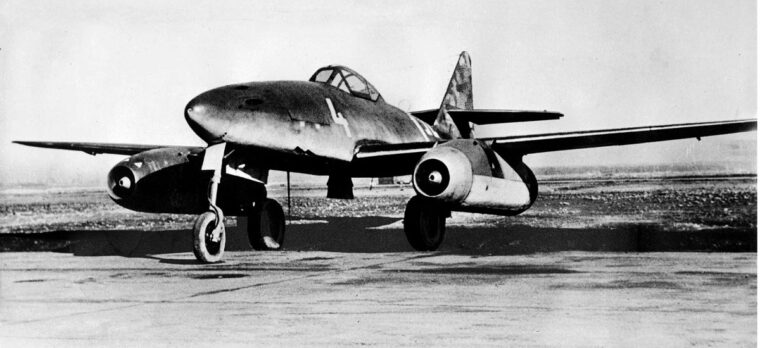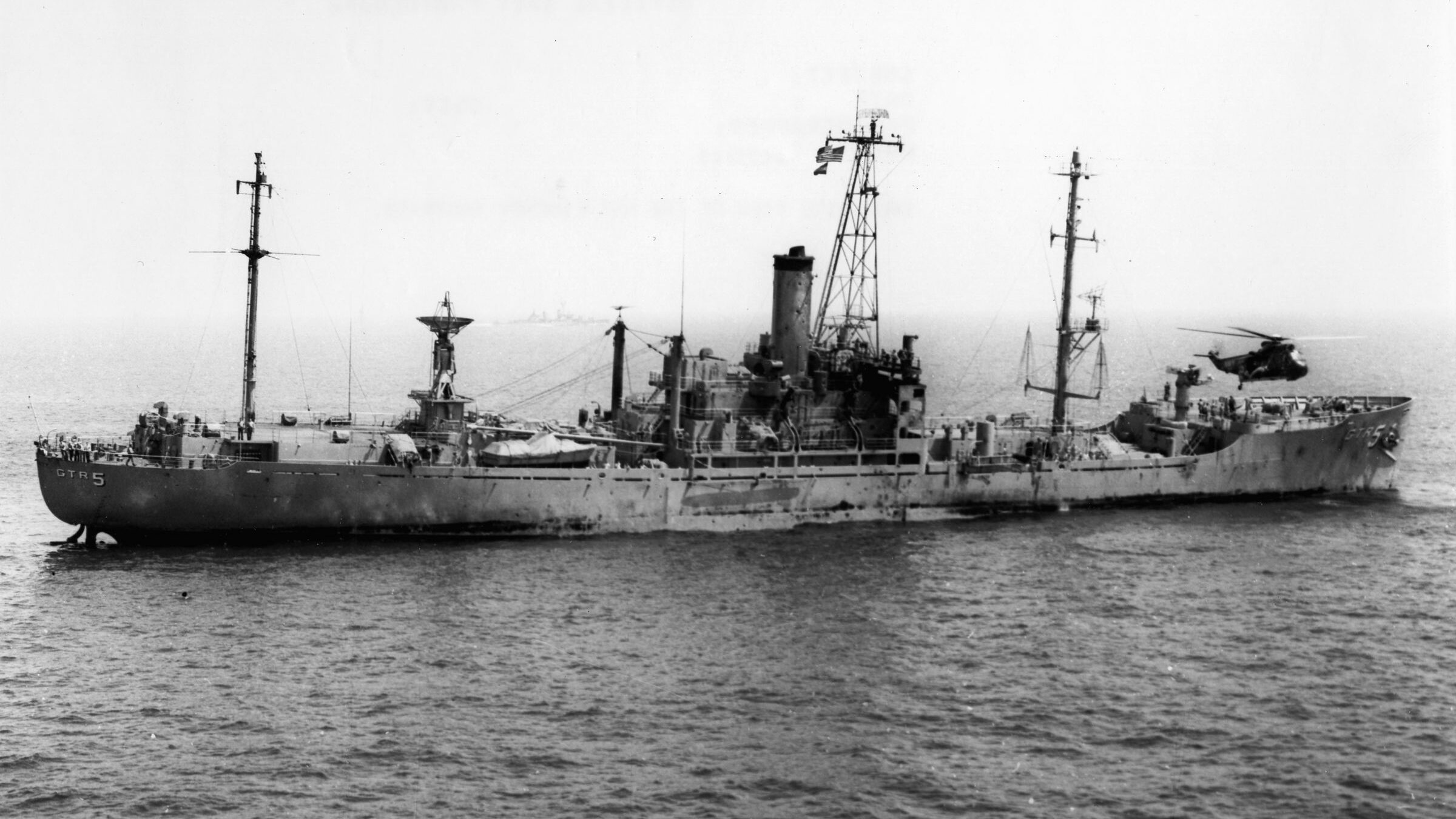
WWII
Axis Powers: The Infamous Tripartite Pact
By Blaine TaylorOn the evening of September 26, 1940, American radio announcer and journalist William L. Shirer noted in his later famous Berlin Diary that the next day Italian Foreign Minister Count Galeazzo Ciano would arrive there from Rome, adding that most people thought it was for the announcement that Francisco Franco’s Spain was entering the war on the side of the Axis. Read more























